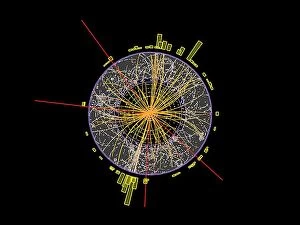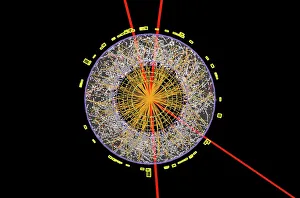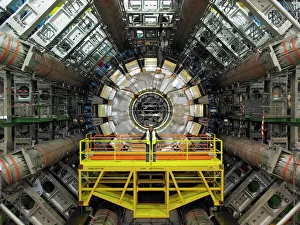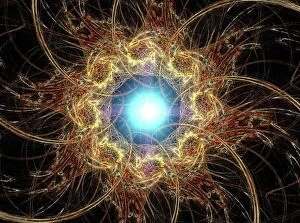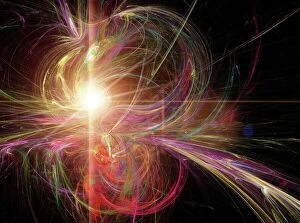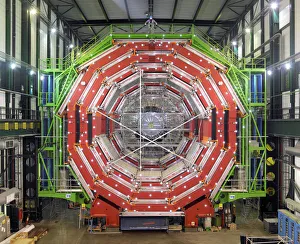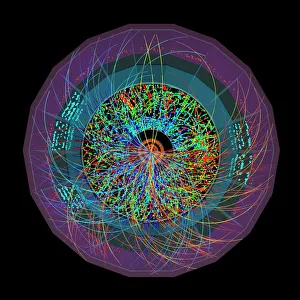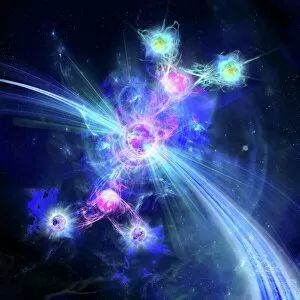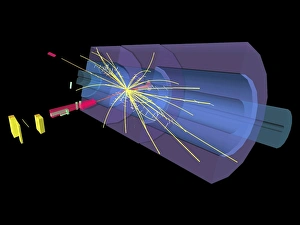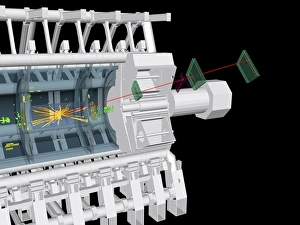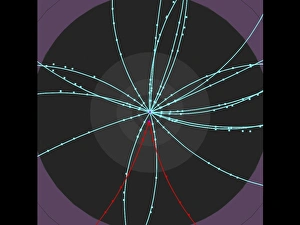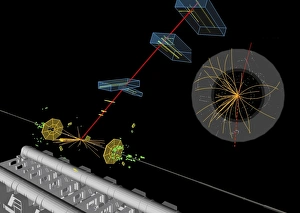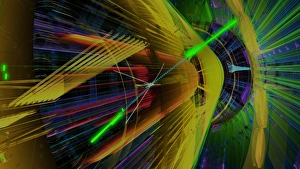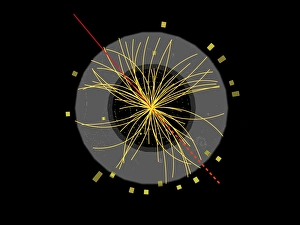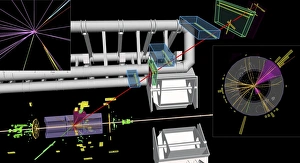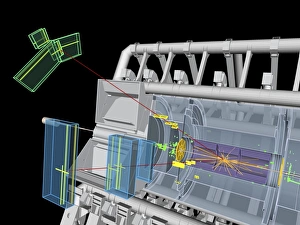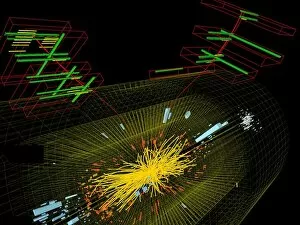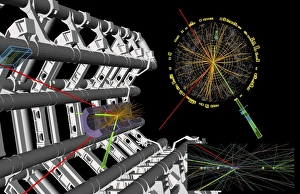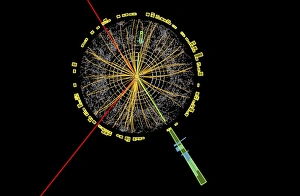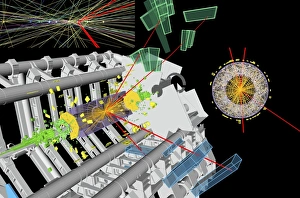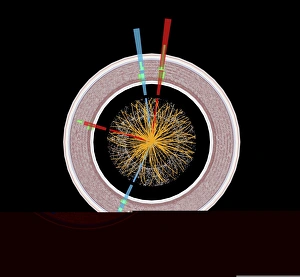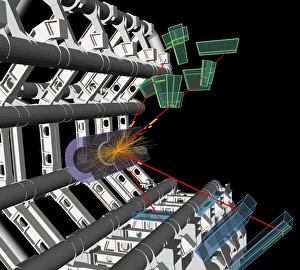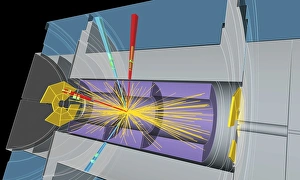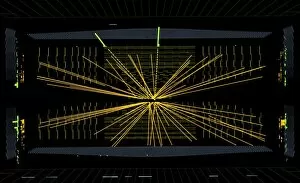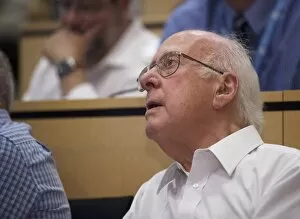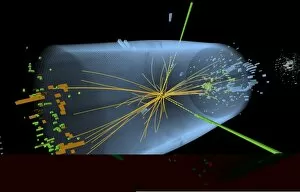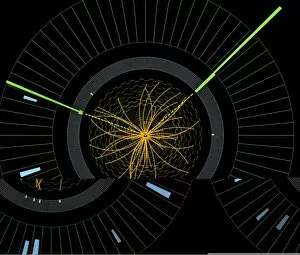Structure Of Matter Collection
The structure of matter has been a subject of fascination for centuries, and with advancements in technology, scientists have made remarkable discoveries
All Professionally Made to Order for Quick Shipping
The structure of matter has been a subject of fascination for centuries, and with advancements in technology, scientists have made remarkable discoveries. One such breakthrough occurred in 1797 when proton collision C014 revealed crucial insights into the building blocks of our universe. This event paved the way for further exploration. Fast forward to modern times, where the Higgs boson event at the ATLAS detector (C013 / 6892) captured worldwide attention. Located at CERN, this cutting-edge facility plays a pivotal role in unraveling the mysteries of matter's composition. Conceptual artwork depicting the Higgs boson showcases its significance in understanding fundamental particles. Not only is ATLAS detector instrumental, but so is another powerful tool - CMS detector also situated at CERN. With its help, scientists continue to delve deeper into studying subatomic particles like never before. The conceptual artwork highlighting Higgs boson (C018 / 0936) serves as a reminder of humanity's relentless pursuit to comprehend nature's intricacies. Intriguingly, lead ion collisions have become an area of intense investigation within this field. These high-energy experiments conducted using advanced techniques shed light on how matter behaves under extreme conditions. The ATLAS detector once again proves invaluable in capturing essential data during these lead ion collisions at CERN. Through meticulous analysis and observation, researchers strive to unlock secrets hidden within these lead ion collisions (C014 / 1793). Such endeavors push scientific boundaries and contribute significantly to our knowledge about matter's underlying structure. As we venture further into exploring the structure of matter, it becomes evident that collaboration between brilliant minds and state-of-the-art technology is vital for progress. From historic proton collisions to groundbreaking events involving Higgs bosons or lead ions – each discovery brings us closer to comprehending the intricate fabric that forms everything we see around us.

